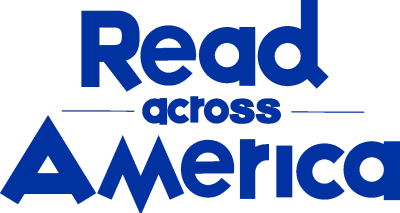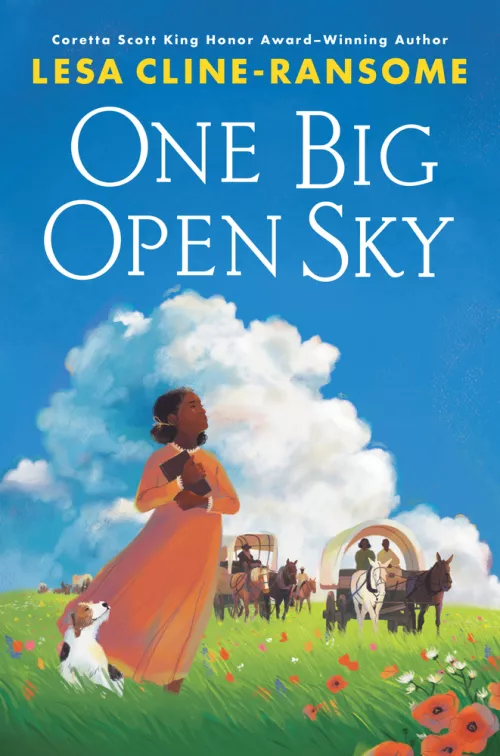Share this book
Get students thinking about where they live. Ask them why their family lives where they live and how they came to live there. Then talk about why people move from one place to another. Have they moved before? What were the reasons for moving? Reflect together on the reasons that Thomas has for moving and why Philomena wants to move. What are other reasons that people might migrate from their home?
To help students understand human migration and the motivations for migration, have them consider the many other stories of human migration in modern history and today. Have them first broaden their idea of migration to include Black farmers leaving the south in the late 1800s by completing research on Black homesteaders, looking for more details about what spurred their migration. Then have students choose a migration from modern times featured in Google Earth’s Modern Human Migration and do further research on that particular migration to understand the economic, socio-cultural, political, and/or environmental reasons that led to that migration.
When students have completed their research both on Black homesteaders and a modern migration, ask them to compare the two and prepare to present a poster including common factors they found between both migrations and how has learning about the two migrations built better understanding of why people migrate.
Questions for Discussion or Reflective Writing
- Why does Lettie’s father, Thomas, want to leave Mississippi? Why does Thomas get to make the decision to leave for his entire family? What does he hope to find in Nebraska? What different strengths and weaknesses do Lettie, Sylvia, and Philomena see in Thomas?
- How does having the story told from the perspective of three different characters contribute to your understanding of the text? Why do you think the author chose to tell it from multiple points of view? How would the story be different if it was told only from Lettie’s perspective?
- What do Lettie, Sylvia, and Philomena each learn about themselves during their journey? How is Philomena a role model for Lettie? What does Philomena learn from Sylvia? What keeps them all hopeful and optimistic about their futures?
- How does the dream Thomas has for a better life compare with Philomena’s dream of living without being obligated to anyone? What does Lettie want to do with her life? What does Sylvia hope for the future? What is your own dream? What dreams do you have for your community and for the world? What can the dreams of others teach you? What everyday steps do you need to take to achieve your dream?
- Black homesteaders faced many challenges and perilous circumstances on their journeys. How do you think you would fare under similar circumstances? What sacrifices would you be willing to make to follow a dream for a better life?
Related Resources
African American Settlers and Lesson Plan & Activities from Nebraska Studies
Black Homesteaders from the National Park Service
Exodusters & Western Expansion from the National Archives
Women of the West by Lesa Cline-Ransome
More Titles to Try
Stay on top of current education news



